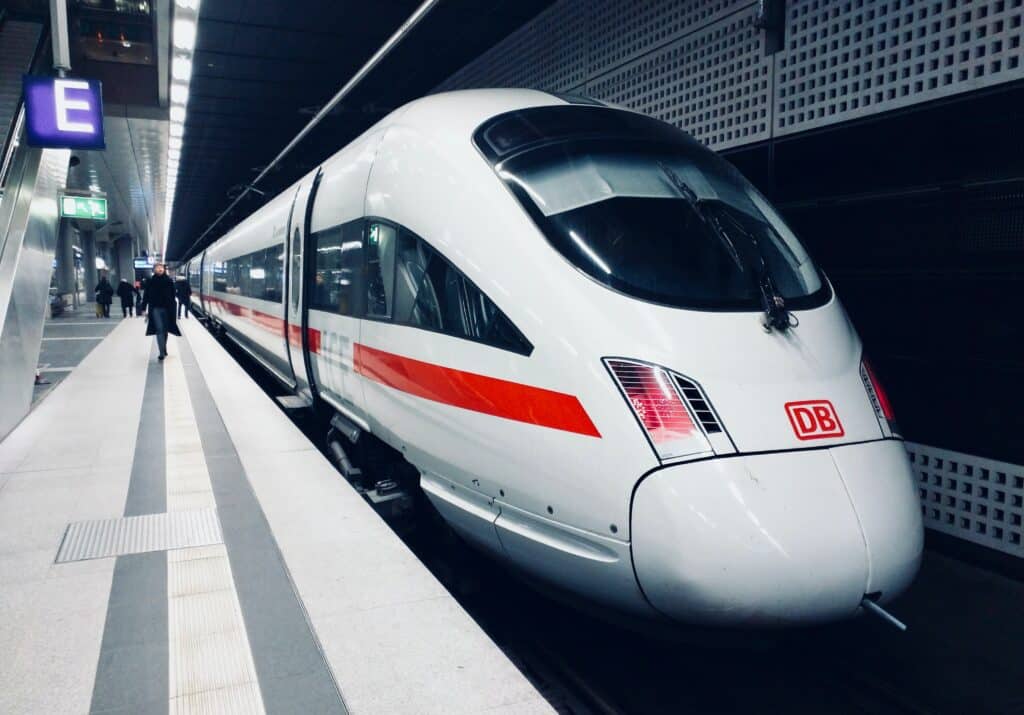Our 18th Florence Rail Forum discussed the role of digitalisation in revitalising rail freight and supporting modal shift objectives. Read our new policy brief on How to Revitalise Rail Freight with Digitalisation for the main takeaways from the Forum’s discussions.
Highlights
In its 2011 White Paper the Commission set the objective of shifting 30% of road freight over 300 km to other modes, such as rail or waterborne transport, by 2030. By 2050 the share is to be increased to 50%. In addition to supporting these decarbonisation objectives, a shift from road to rail offers to ease congestion on roads, lower the pressure on road infrastructures by taking over the heaviest loads and by reducing the risks linked to transporting dangerous goods. Yet, the progress achieved to date in the Member States remains insufficient, as the share of rail freight stagnates at around 18%. To ensure that rail freight takes off, its performance needs to improve drastically in terms of quality and efficiency. The sector and the legislators need to think fresh and bold and to consider holistically what can be done to overcome this stagnation.
The development of Rail Freight Corridors (RFC) remains the key element of the European Commission’s policy to boost rail freight. The future rail strategy would therefore also depend on the results of the ongoing evaluation of Regulation (EU) 913/2010, which aims at improving the quality of international rail freight services by setting up a framework for international cooperation to provide high quality capacity for international freight services. This regulation entered into force in 2010 but the results have so far been modest.
The European Commission’s Long-Term Decarbonisation Strategy, which sets the objective of achieving net climate neutrality in Europe by 2050, as well as the European Green Deal, in which the von der Leyen Commission will elaborate policy measures to implement these objectives, offer new momentum to come up with a concrete strategy to revitalise rail freight. The 18th Florence Rail Forum, jointly hosted by the Florence School of Regulation and the European Commission’s DG MOVE, discussed the opportunities and challenges of digitalisation of the rail sector, including how digital solutions can be used to better govern and operate RFCs.
Digitalisation is not a goal per se but rather a means to improve customer experience, operations and to increase capacity of the RFCs. Though positive changes are already happening, the consolidation of digital technologies and business processes in the sector remains a challenge. The 18th Florence Rail Forum therefore sought to answer the following four critical questions:
- How can sharing of operational data improve the efficiency of operations? What are the barriers for sharing such data? Experience and lessons learnt from other sectors.
- Is digitalisation contributing to the modernisation and simplification of the RFCs? What is the potential of digitalisation for better international rail freight capacity?
- What is the impact of deployment of digitalisation in rail freight? In particular regarding client interfaces and the integration of the logistics chain?
- What can we realistically achieve in the coming years?






